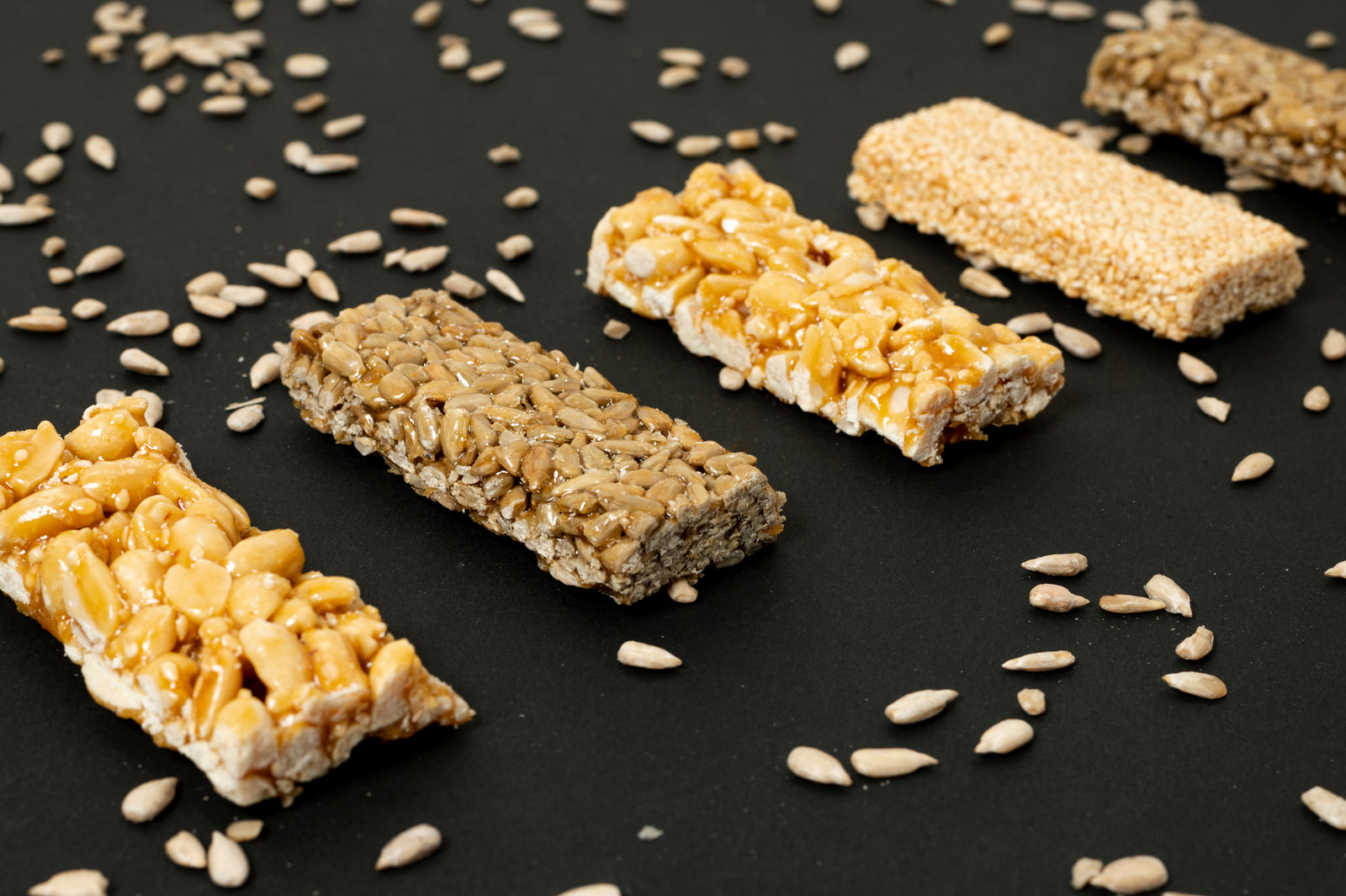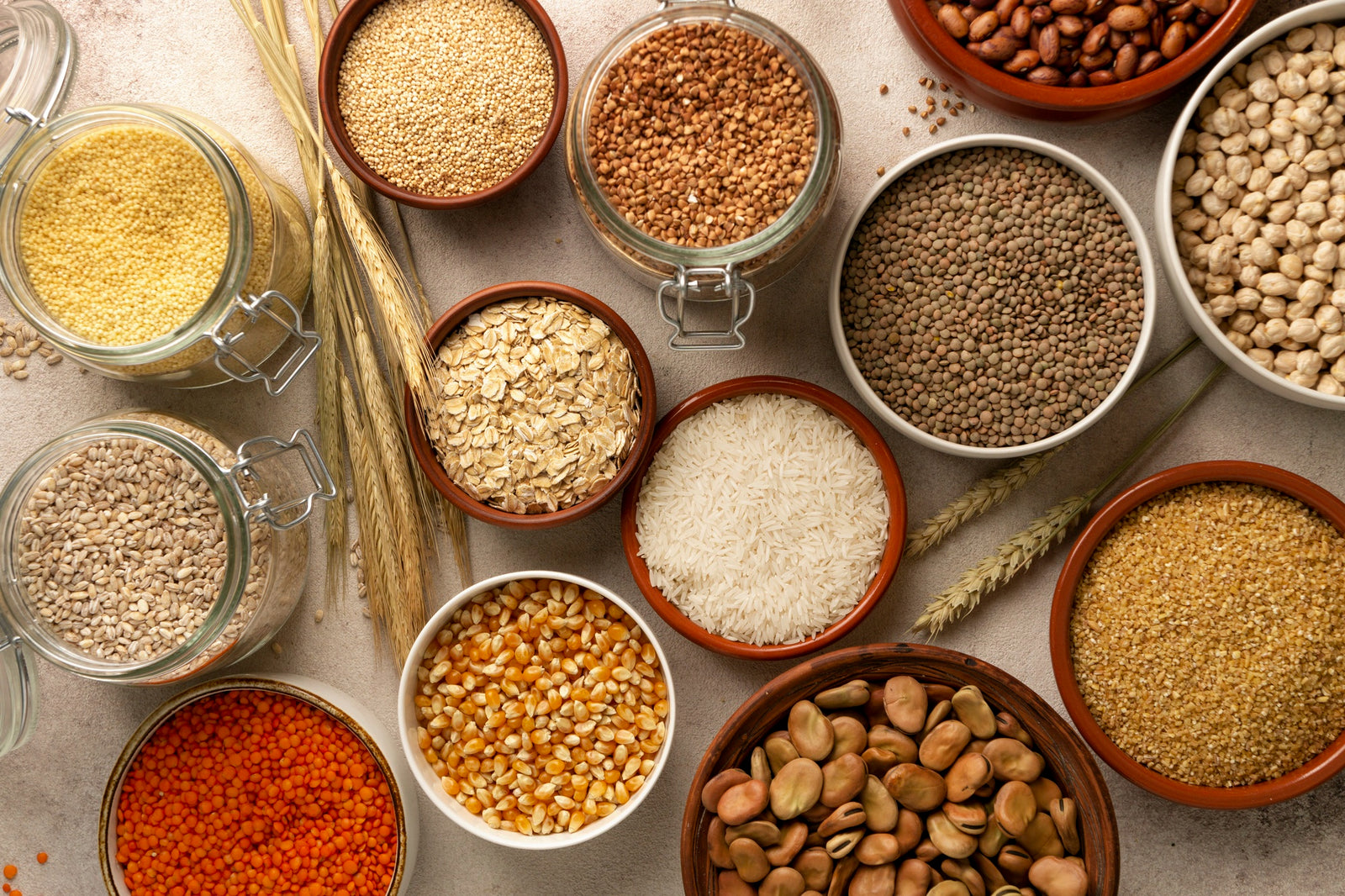
May 22, 2023 4 min read
Small red beans, also referred to as Mexican red beans or just red beans, have grown in appeal recently as more people become aware of their numerous health advantages and delectable flavor. In this piece, we'll look at small red beans' rising popularity and how they can be a nutritious and adaptable part of any diet.

Small scarlet beans have been a traditional food in Central and South America for countless years. They were one of the primary sources of protein in the diets of the Maya and Aztec civilizations after being domesticated. In the 16th century, Spanish explorers introduced small red beans to Europe. They eventually made their way to the United States, where they have since established themselves as a favorite ingredient in many classic Southern recipes.
A meal that is rich in nutrients and offers a variety of vitamins, minerals, and antioxidants is small red beans. The following are a few of the major nutritional advantages of tiny red beans:

There are many different methods to prepare small red beans, including boiling, pressure cooking, and slow cooking. Here is a straightforward method for preparing tiny red beans:
Ingredients:
Instructions:
Small red beans are a versatile food that can be used in a wide range of dishes, such as soups, sauces, salads, and more. Here are a few of the most well-known tiny red bean recipes from around the globe:
Small red beans are a nutritious and versatile ingredient that has gained popularity in recent years due to their many health benefits and delicious taste. They are a great provider of fiber, iron, potassium, plant-based protein, and antioxidants, making them a nourishing addition to any diet. Whether you prefer them in savory dishes like red beans and rice or sweet desserts like red bean paste, small red beans are a great way to add flavor and nutrition to your meals. So why not try incorporating them into your diet today?
❤ Try our USDA certified organic Organic Small Red Beans ❤
Related Blogs:
Comments will be approved before showing up.

May 08, 2024 2 min read
Discover quick and nutritious grain-based snacks perfect for busy lifestyles. From no-bake oatmeal energy balls and quinoa crunch bars to savory millet muffins and homemade wheat thins, these easy-to-prepare snacks offer a healthy, satisfying way to stay energized on the go. Whether you're craving something sweet or savory, there's a grain-based snack here for everyone.

May 06, 2024 2 min read

May 01, 2024 3 min read
This article explores the differences between cane sugar and beet sugar, from their production processes to environmental impacts, highlighting why understanding these distinctions is crucial for making informed decisions about food consumption and sustainability.
© 2024 Be Still Farms- Real, Fine Organics.
Privacy | Terms | Refund Policy | Organic Certification
